What Is a Good Conversion Rate and How to Improve It


If you’ve spent enough time in the world of sales or marketing, you’ve probably heard the term “conversion rate.”
Conversion rate is a metric that will tell you how successful your marketing efforts are. It lets you know what’s working, and what isn’t. If your conversion rate is high, then your marketing is on point.
It is something you need to know.
This article will go over
- what conversion rate is
- why it’s important
- how to calculate conversion rates
- how to improve it (aka how to do CRO marketing)
Use customer feedback and reviews to improve your website conversion rate.
What Is Conversion Rate?
In simple terms, conversion rate is a measure of how effective a webpage, email or ad is. It tells you how many of the visitors/viewers do something you want them to do. Like give their email, or purchase your product.
What Is a Conversion?
A conversion can be defined as any action or choice you want your visitors to make. This might be clicking a button, signing up to an email list, or buying your product/service.
These different types of “conversions” can all have their own conversion rates.
Why Is Conversion Rate Important?
There are various reasons why conversion rate is important... The primary reason is that it (conversion rate) lets you know how effective your webpages, emails and ads are performing. This gives you insight into what is working, and what is not.
More specifically, increasing conversion rate can help you do these things…
- Get more sales from the same level of traffic
- More email signups
- Increase your ROI on paid advertisements
Measuring, observing and optimizing conversion rate can help you do more, with less. It’s crucial to the success of your business.
How To Calculate Conversion Rate
It’s actually really easy to calculate conversion rate — it comes down to a simple formula...
Conversion rate = (no. of conversion / no. of visitors) x 100
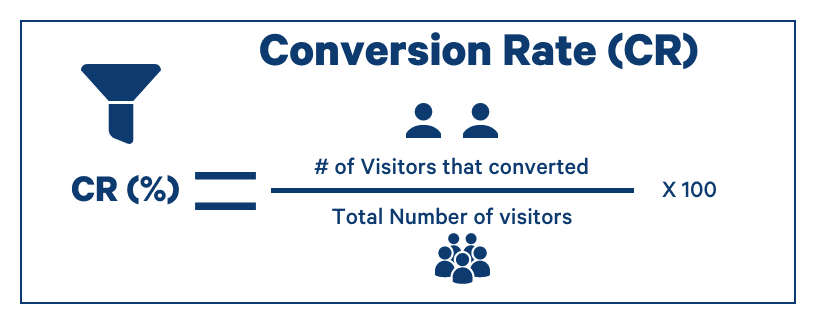
It’s simply the number of conversions, divided by the number of visitors, multiplied by 100. This will give you your conversion rate, regardless of whether it’s an ad, webpage or email.
If you’re not big on numbers, you can just use Google Analytics — it calculates conversion rate for you.
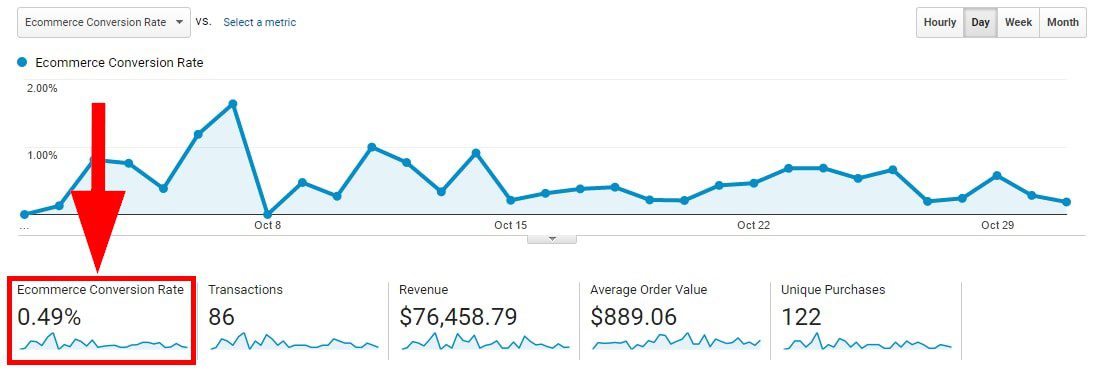
What Is a Good Conversion Rate?
A good conversion rate can vary, depending on various factors. What industry are you in? What type of conversions are you dealing with? There’s no universal number — you need to find a benchmark that’s most specific to your activities.
In general, a good conversion rate is one that is better than before. Your benchmark is typically going to be your own previous results.
We can, however, look at some examples of conversion rate averages from tests and research.
B2B Websites
Research from PropelGrowth looked to find out what was a good conversion rate for B2B. They broke down the funnel process based on “lead qualification,” and measured conversion rate for each step.
Here’s how the steps are defined...

Here were the results of the steps…
- Inquiry to marketing-qualified lead = 5% conversion rate
- Marketing-qualified lead to sales-accepted lead = 60% conversion rate
- Sales-accepted lead to sales-qualified lead = 50% conversion rate
- Sales-qualified lead to actual sale = 27% conversion rate
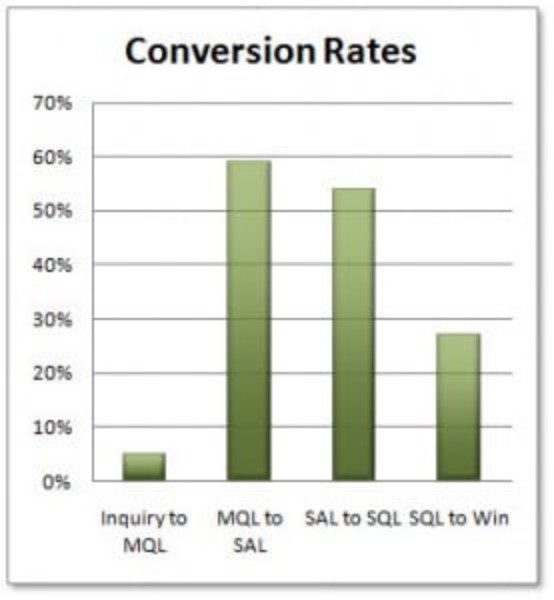
Conversion for B2B is more complicated because the sales cycle is much longer. What this data tells us is that, you should prioritize conversion rate optimization on prospects who are further down the funnel.
E-Commerce Websites
A 2017 Moz e-commerce benchmark study showed that the average conversion rate for e-commerce websites was 1.6%.
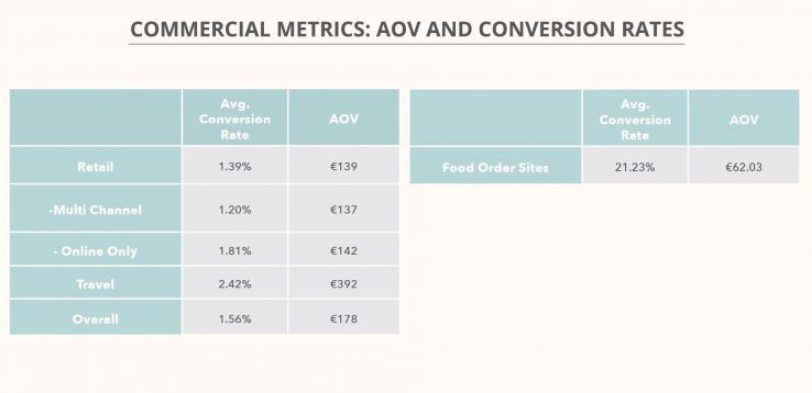
To understand that number, imagine this… Every 1000 visitors to a product page, 16 of them make a purchase.
It’s important to note that this number (1.6%) is just an average. It doesn’t tell you how many products a website sells, nor does it say anything about the price.
Landing Pages
A massive 2017 study of landing pages showed the median conversion rate to be 4%.
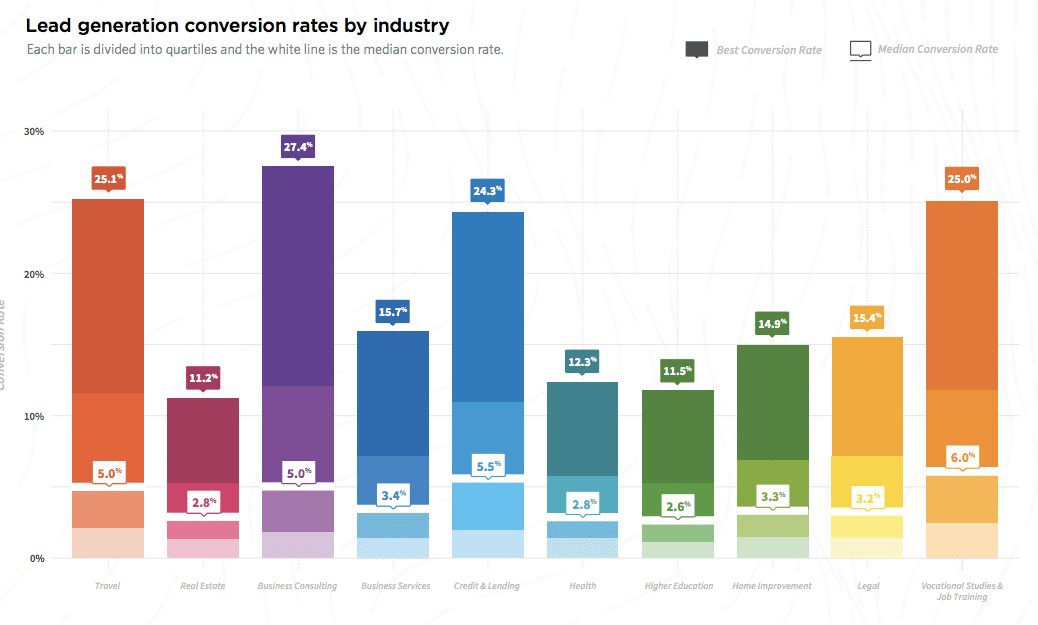
What’s interesting to note is how much variance there is between different industries. Although the median conversion rate hovered between 2.6% and 6%, there was some huge difference in the best results...
- Business Consulting (27.4%)
- Travel (25.1%)
- Real Estate (11.2%)
- Higher Education (11.5%)
What this tells us is that there’s a lot of room for improvement. This is why conversion rate optimization (CRO) is so important.
Facebook Ads
Wordstream did a study of paid Facebook Ads and found that the average conversion rate was 9.21%.
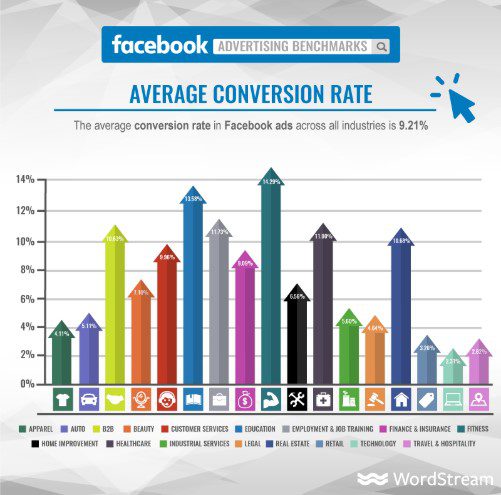
That was for every industry combined.
How To Improve Your Conversion Rate
The practice of improving your conversion rate is called conversion rate optimization, or CRO for short.
There are many strategies you can implement to improve your conversion rate. Here are the best ones...
Audit Your Landing and Sales Pages
When one experiences low conversion rate, the natural response is to start from scratch. This might not always be the best decision, as often it’s only one or two things that are off.
Sometimes it can be as simple as changing the color and size of your font.
You can use a tool like Crazy Egg to get a user behavior report. This is basically a heat map of what they do/click on your landing/sales pages.
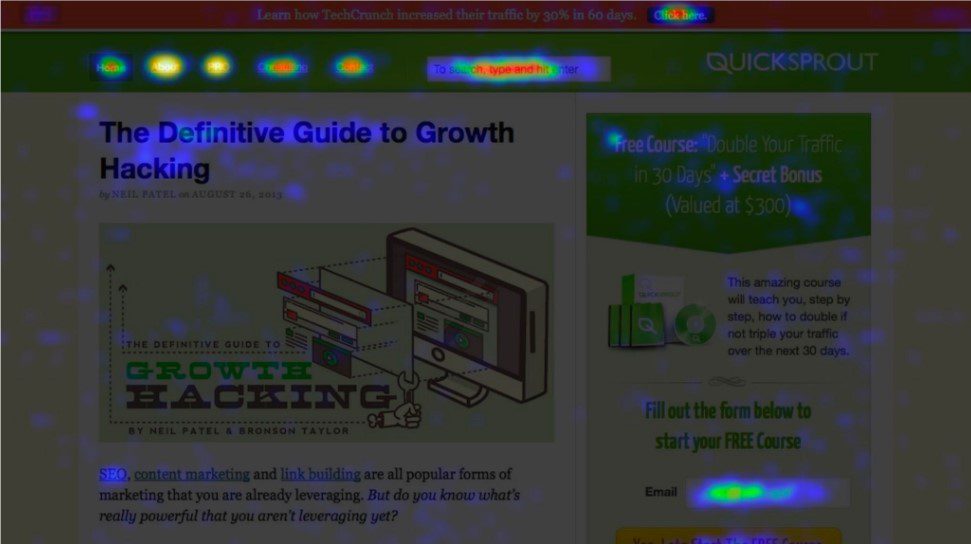
It’s a paid tool, but it has a free trial.
Make Your Offer Clear
If your offer is confusing, poorly written, don’t be surprised at low conversion rates. It doesn’t matter if it’s a landing/sales pages, an ad or even an optin form.
You must ensure that you are clear, and precise. Don’t beat around the bush, tell them exactly what you’re offering.
As an example, if you’re trying to get someone’s email with a lead magnet, write your offer like this…
- Here’s my free e-book!
- Download my free e-book guide on conversion rate optimization
Make your offer clear, and expect higher conversion rates.
Run A/B Split Tests
Sometimes, it’s just the small things that influence your conversion rate. Things like your headline, or font. Running A/B split tests on these things can help you optimize your conversion rate.
An A/B split test is where you run two variations of something, and see what kind of results each get.
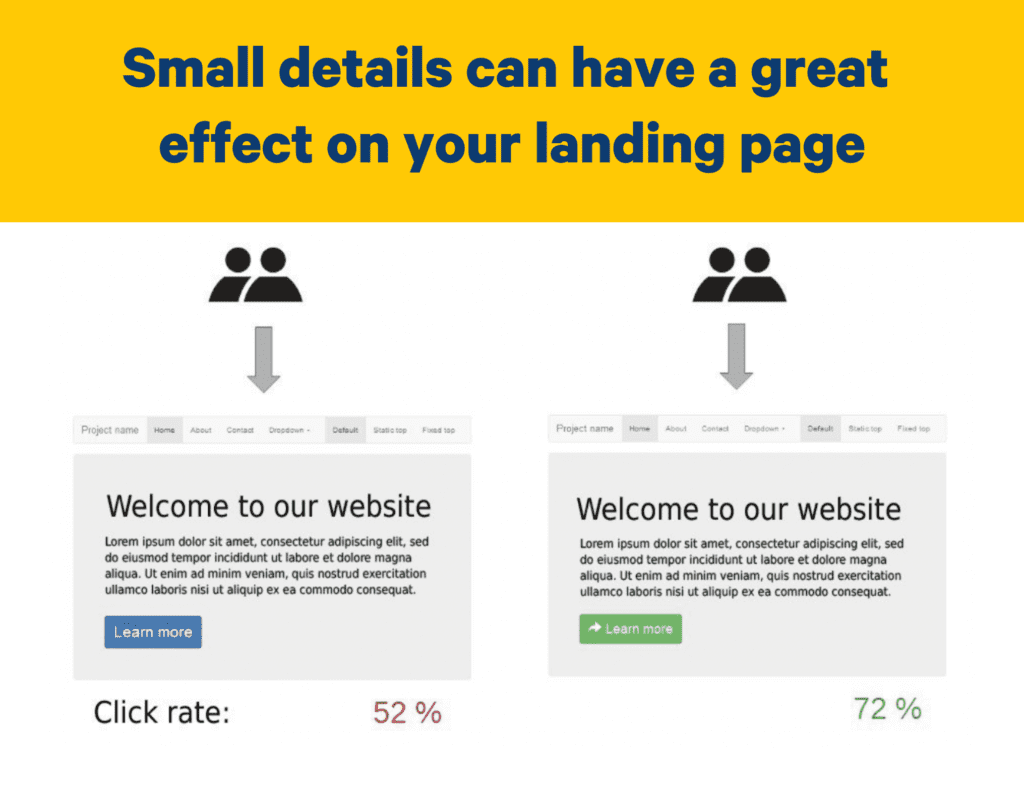
For example, you might run two different sales pages, and see which one got more conversions.
Here’s some examples of things you can do A/B tests on…
- Your headline
- Your font size
- Body copy
- Call to action button (copy, colour, etc...)
Any small variable you can tweak, you should do an A/B split test on. You’d be surprised at how much a small tweak can change conversion rate.
Best Way to Increase Website Conversion Rate – Now
The most efficient way to increase conversion rates is to supercharge your content with social proof.
The most successful marketing consists, if not solely, then by most parts of testimonials, video testimonials and reviews of existing customers. If you've thought this is more for the B2C field, then you're in for a surprise. B2B marketing is filled with social proof and it doesn't end with just slapping the logos of your most known customer to your website.
The same tactic applies to improving email conversion rates as well!
With Trustmary, you can:
- Import all existing reviews (Capterra, G2, Google, Facebook, ... you name it!)
- Add social proof popups, lead generation forms and testimonial and review widgets that include what your customer think about you
- Customize triggers
- You can even collect new testimonials with a unique flow
- Add everything to website with one line of code (just once, then it's automatic)
Here's one example of a social proof conversion rate booster, but check out a further 6 high converting lead generation form examples.
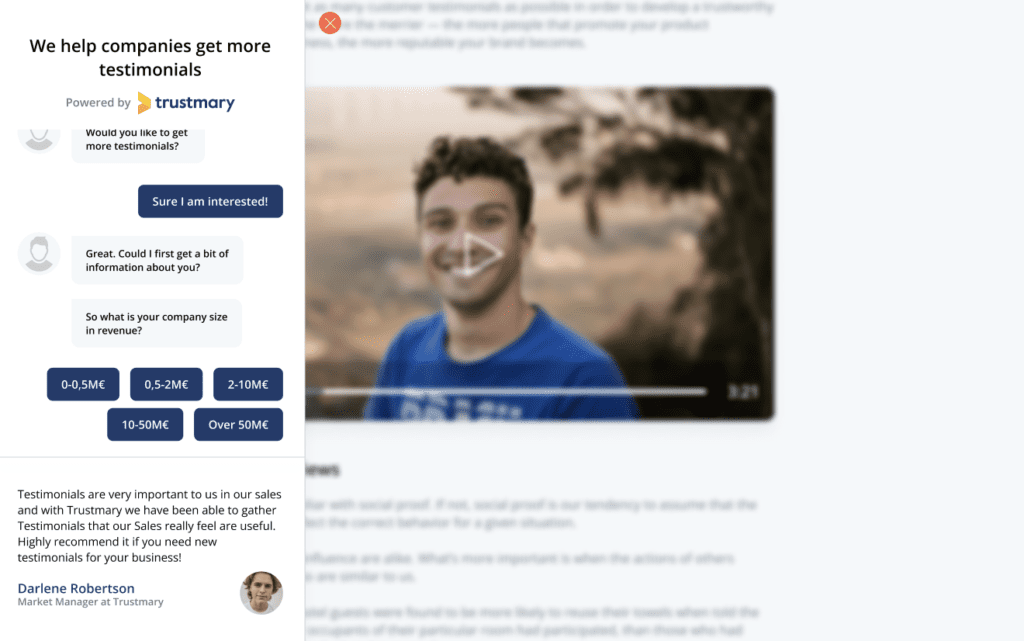
Final Thoughts
In this article we covered everything you need to know about conversion rate.
- What it is
- Why it’s important
- How to calculate it
- How to improve it (CRO)
Conversion rate is an essential metric that you must track if you are to succeed in sales and marketing.